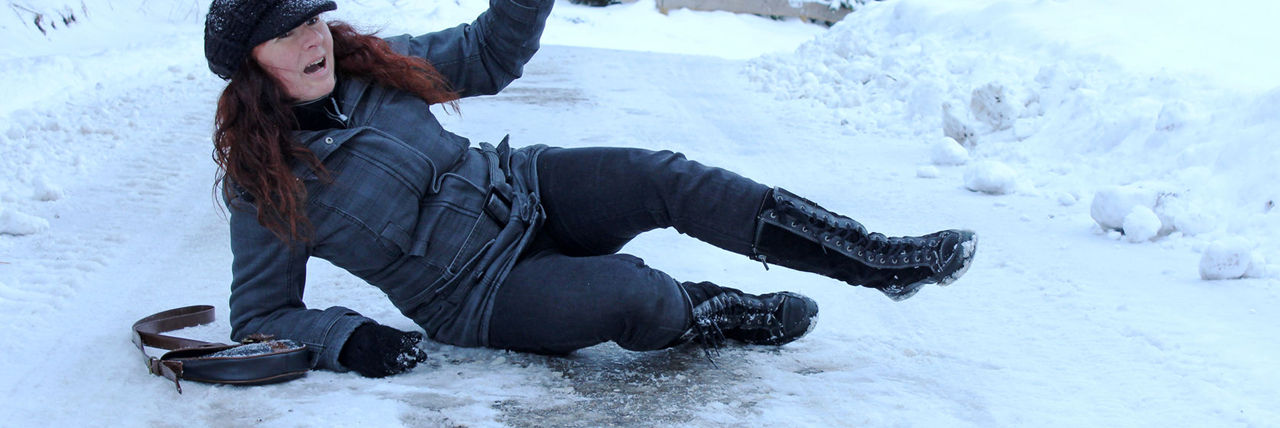Winter safety: Prevent slips, trips and falls
January 23, 2019
 As temperatures drop and snow flies, the number of injuries due to slips, trips and falls increases.
As temperatures drop and snow flies, the number of injuries due to slips, trips and falls increases.
Workers suffer bruises and abrasions, broken limbs, cracked ribs, serious back and head injuries, often resulting in time off work.
But it doesn’t take record-breaking snowfalls or ice storms to cause slips and trips.
In Canada, more than 42,000 workers get injured annually due to falls, according to the Canadian Centre for Occupational Health and Safety. Statistics show the majority (66%) are due to slips and trips on the same level. The remaining (34%) are falls from heights, such as ladders, stairs or roofs.
While much attention is given to prevent workers falling from elevations, the reality is that anyone can slip, trip and possibly fall on level ground. And winter’s wet and icy conditions make the likelihood even greater.
“Winter-related slips, trips and falls have a significant impact on New Brunswick workplaces each year,” said Richard Blais, Director of WorkSafeNB’s Compliance and Regulatory Review. “To prevent these accidents, employers need to be extra vigilant and workers should take greater precaution in the months ahead.”
Tips to Avoid Injury
To help avoid injury when walking on ice and snow, WorkSafeNB offers these tips:
- Walk slowly and deliberately, focused on the path ahead.
- Where possible, avoid slippery surfaces, such as wet leaves, icy areas and snow banks.
- Wear appropriate footwear with slip-resistant soles to work, and change into indoor footwear. Ice grippers that attach to your footwear can provide additional traction.
- Use handrails where available.
- Check to make sure entrance areas and stairs are clear of snow and slush. Tracked in snow and slush often causes slips and falls.
- Clean your shoes when you go inside. Caked snow and ice on shoe soles can be treacherous.
- Report all slips, trips and fall hazards and incidents to your employer.
Tips for Employers
- Keep parking lots and walkways clear of snow and ice. Don’t get caught by surprise. Monitor the weather and expect slippery conditions.
- Clear ice and snow before workers need to get in or out of the parking lot.
- Use salt, sand or another proven anti-slip material to keep lots and walkways clear.
- Ensure workers working outdoors wear appropriate footwear for conditions.
- Provide good lighting and clear path markings in lots and walkways.
- Clearly identify steps, ramps and other elevation changes.
- Clean up spills and wet areas inside immediately and mark the area.
- Secure mats and rugs that do not lay flat.
- Define everyone’s role in preventing slips and falls, and communicate those roles to all employees.
- Follow up and, if necessary, address slip, trip and fall concerns reported by employees.
You may also like Shovel smart this winter


 As temperatures drop and snow flies, the number of injuries due to slips, trips and falls increases.
As temperatures drop and snow flies, the number of injuries due to slips, trips and falls increases.